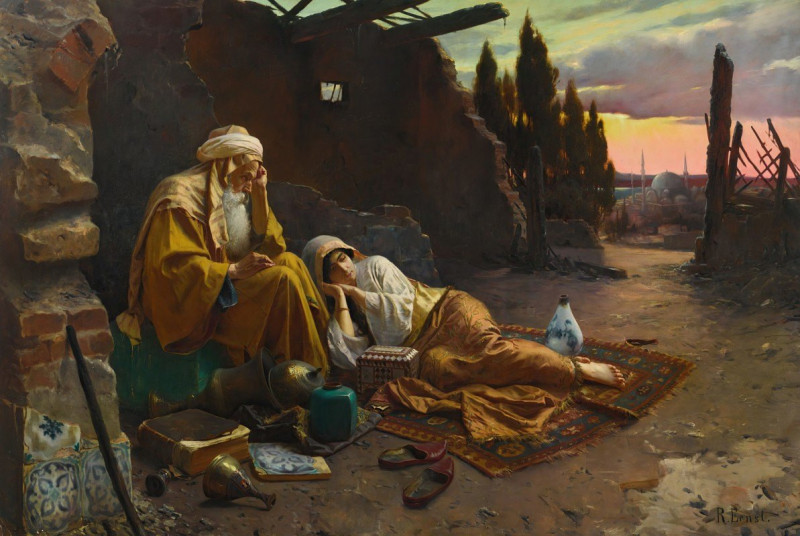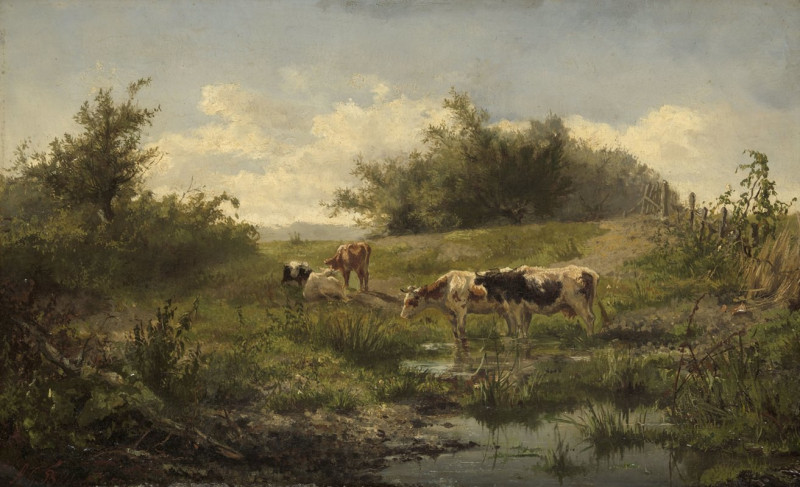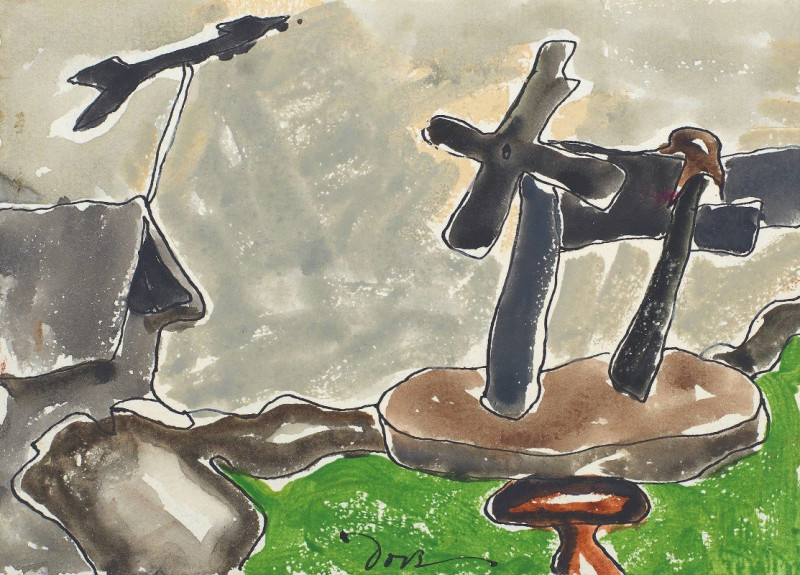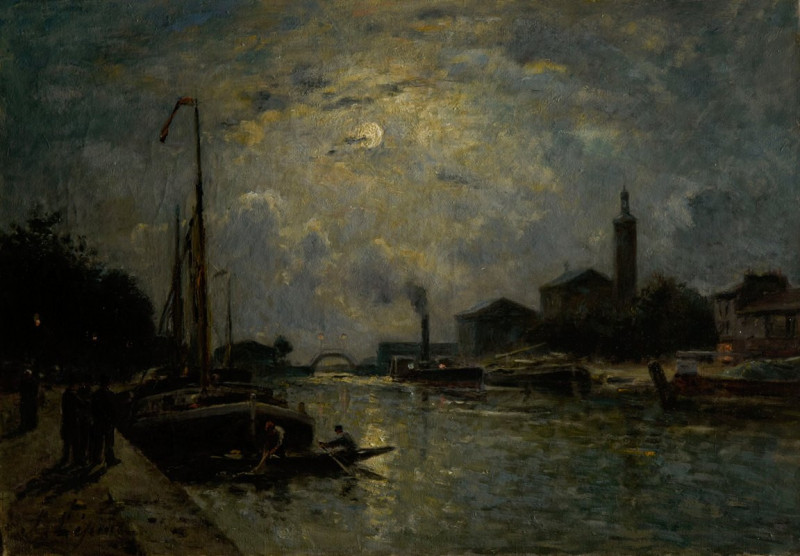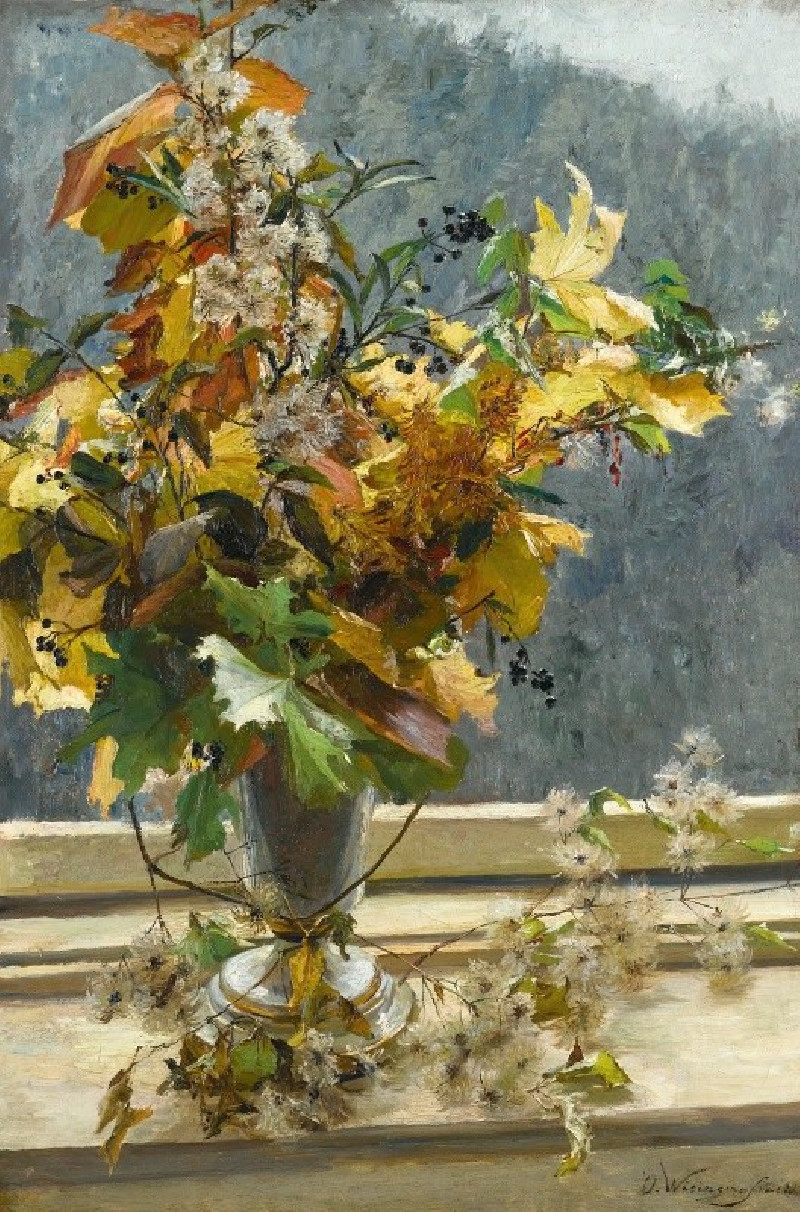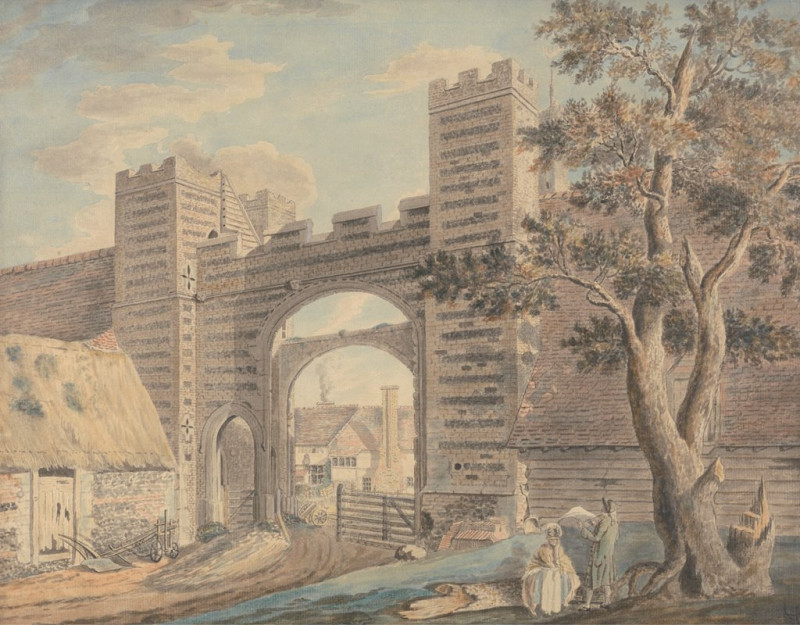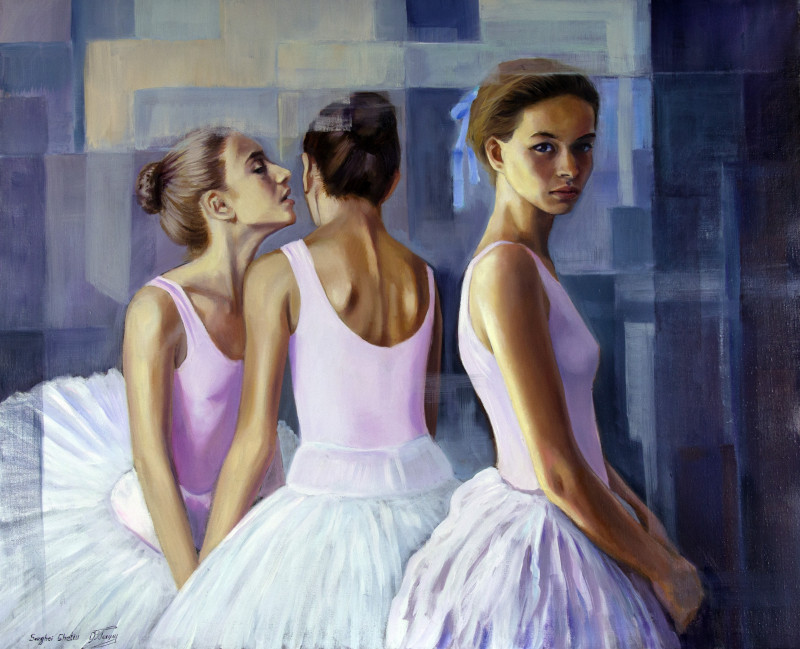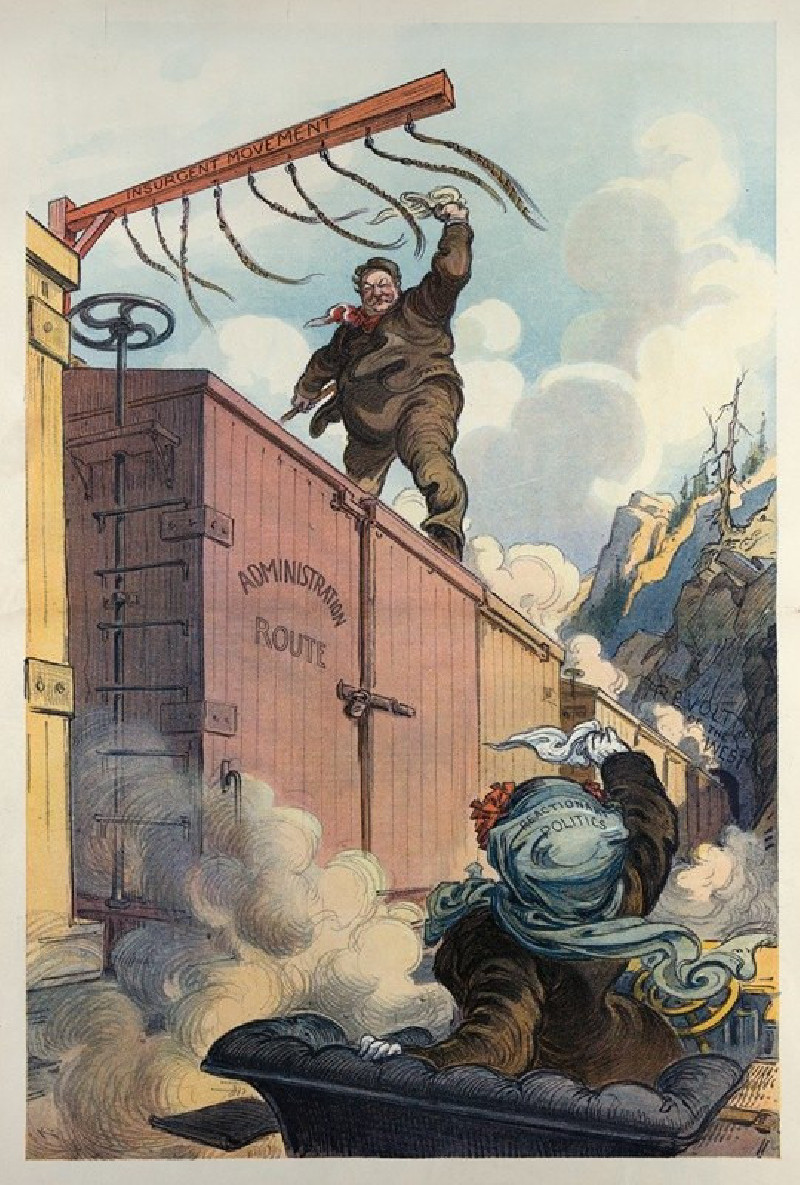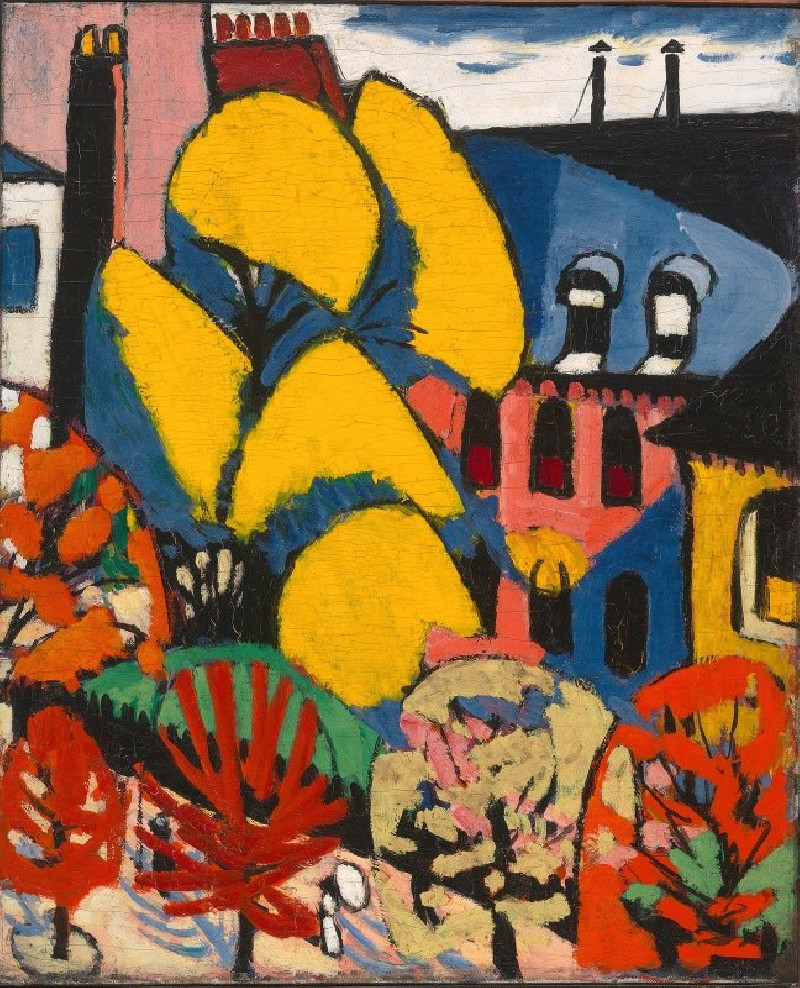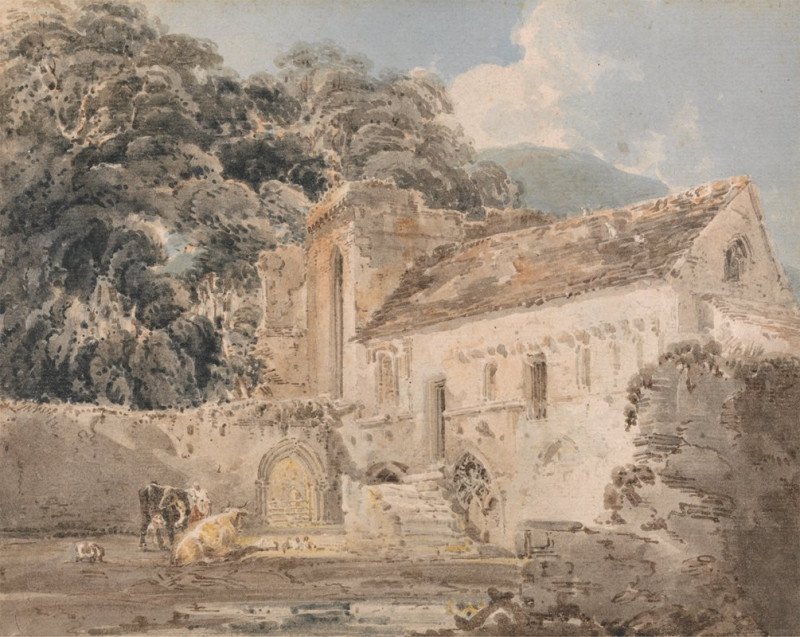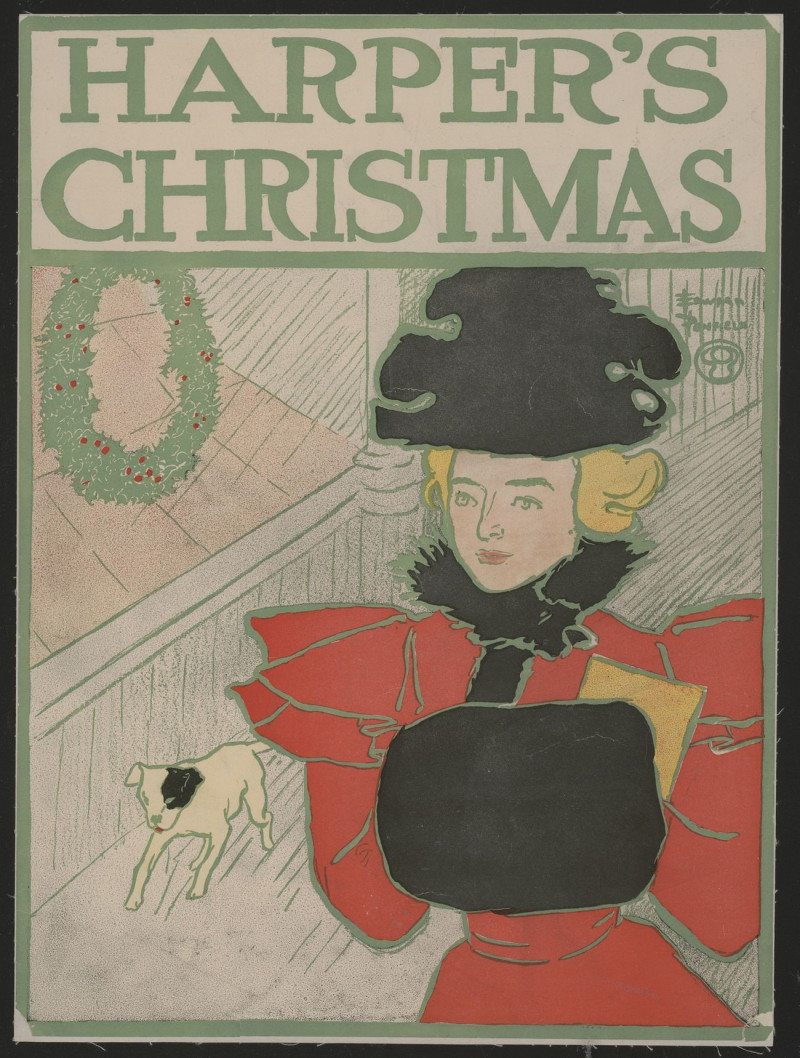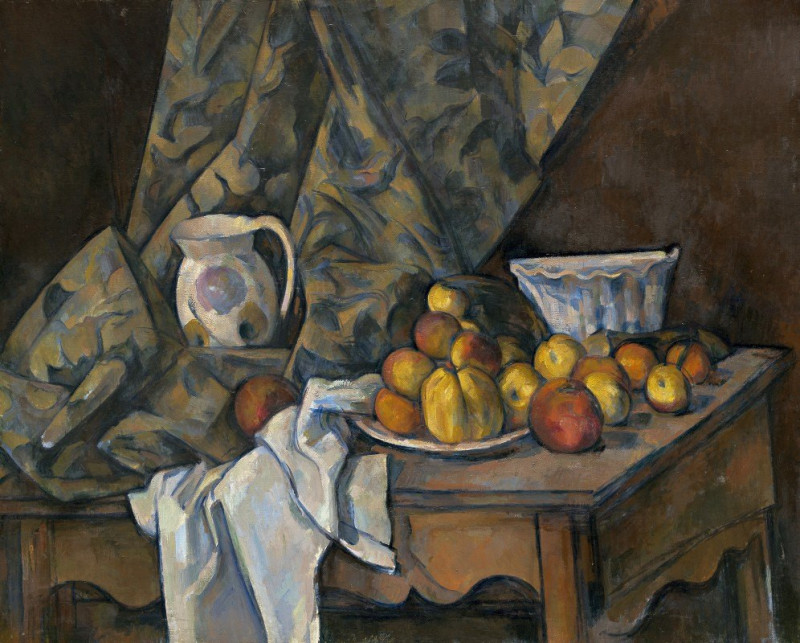Portrait Of George, Baron Goring (1608-1657)
Technique: Giclée quality print
Recommended by our customers
More about this artwork
This captivating portrait by the renowned Flemish artist Anthony van Dyck depicts George Goring, later known as the Lord Goring, a prominent figure in English military and political life during the 17th century. The painting showcases van Dyck's masterful ability to capture both the physical likeness and the deeper personality of his subjects.In the portrait, George Goring is depicted with an air of nobility and quiet confidence, characteristic of van Dyck's sensitive approach to portraiture. Goring’s long, flowing hair frames his face, drawing attention to his contemplative gaze and the slight, knowing smile that hints at his complex character. He is dressed in a polished suit of armor, indicative of his military role, complemented by a white, lace-collared shirt that adds a touch of elegance and highlights his high social standing.The use of lighting in the painting subtly emphasizes Goring's features, enhancing the reflective quality of his armor and the soft textures of his skin and hair. The dark, neutral background ensures that the viewer’s focus remains intently on Goring, lending him a presence that is both commanding and approachable.Anthony van Dyck, known for his portraits that blend realism with idealization, has once again demonstrated his skill in "Portrait of George, Baron Goring." The artwork not only represents a historical figure but also evokes the rich atmosphere of the English court during the tumultuous times of the 17th century.
Delivery
Returns
Sir Anthony van Dyck (1599 – 1641) was a Flemish Baroque artist who became the leading court painter in England after success in the Spanish Netherlands and Italy.
The seventh child of Frans van Dyck, a wealthy Antwerp silk merchant, Anthony painted from an early age. He was successful as an independent painter in his late teens, and became a master in the Antwerp guild in 1618. By this time he was working in the studio of the leading northern painter of the day, Peter Paul Rubens, who became a major influence on his work.


































